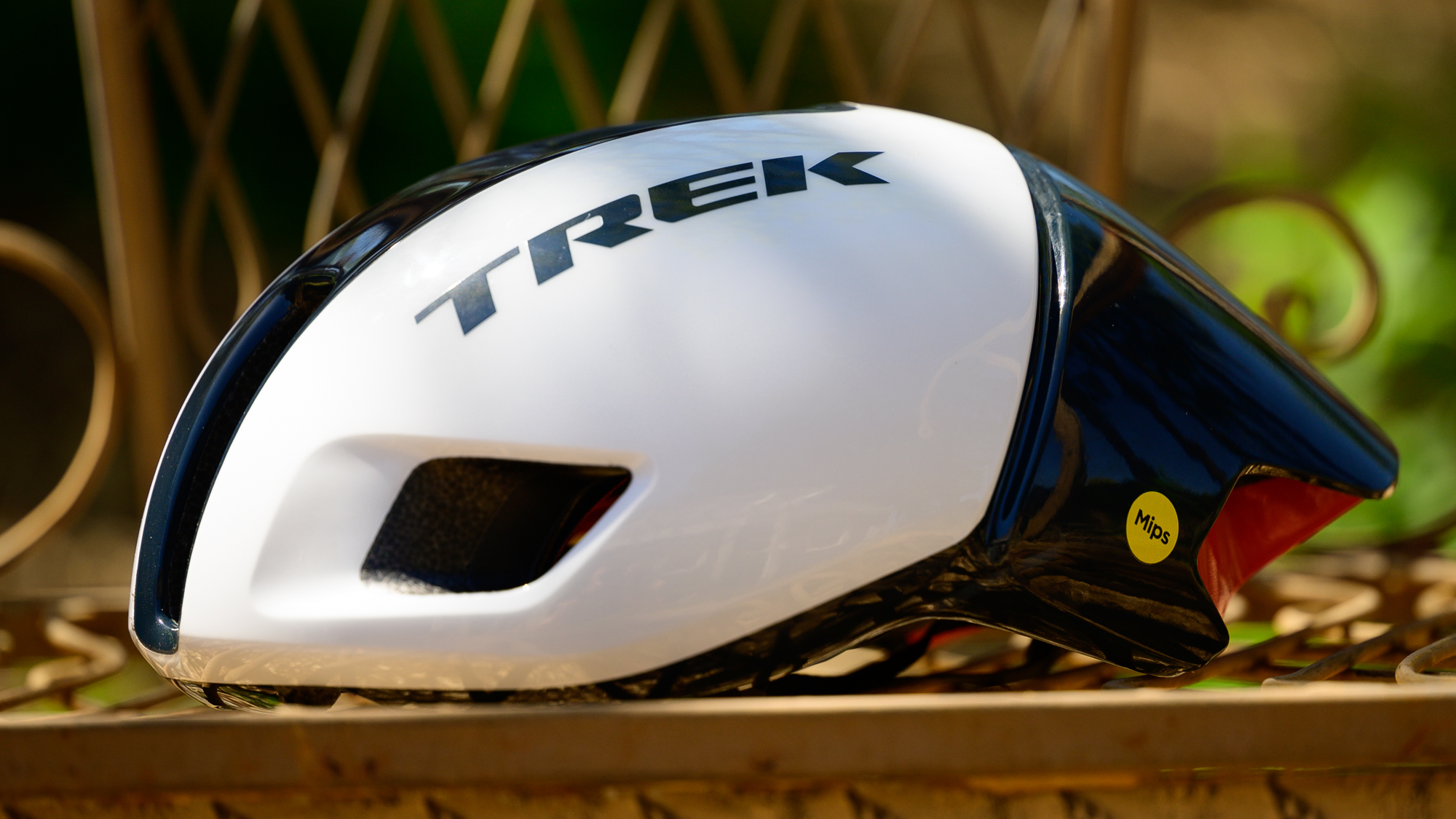
Every time you ride your bike, you've got a helmet with you. The helmet you choose will be with you for every adventure, no matter how far or short. It will be there to protect you if things ever go differently than you planned. It will also be there to help set the tone of your fashion, keep you cool on long climbs, and increasingly, modern helmets also help you go faster. Given all those objectives, it's no surprise that lots of companies interpret the challenge in different ways and offer different solutions. Even among our list of the best aero helmets, you'll see many options.
Price: £229.99 / $299.99 with an included carry bag
Available colours: Black, White, White/Nautical Navy, and Purple Flip
Rotational Impact technology: MIPS Air
Weight: 260g as measured in size M
Among those options, you'll find Trek. The brand has been offering unique products in the aero helmet space for years and now there is a new option. This year the Trek Ballista MIPS came to market as a replacement for what came before. It's got a radical shape and comes with bold claims but what is it like to actually ride with it?
To answer the question, I've been putting it to the test. It's become my go-to helmet and it was with me when I headed to California recently. I was there to test the FSA K-Force WE 12s groupset with a long-distance ride through the backbone of the state but I was also there to test every aspect of the gear I depend on. Keep reading to see what works for me, and what doesn't, with the Trek Ballista MIPS aero helmet.
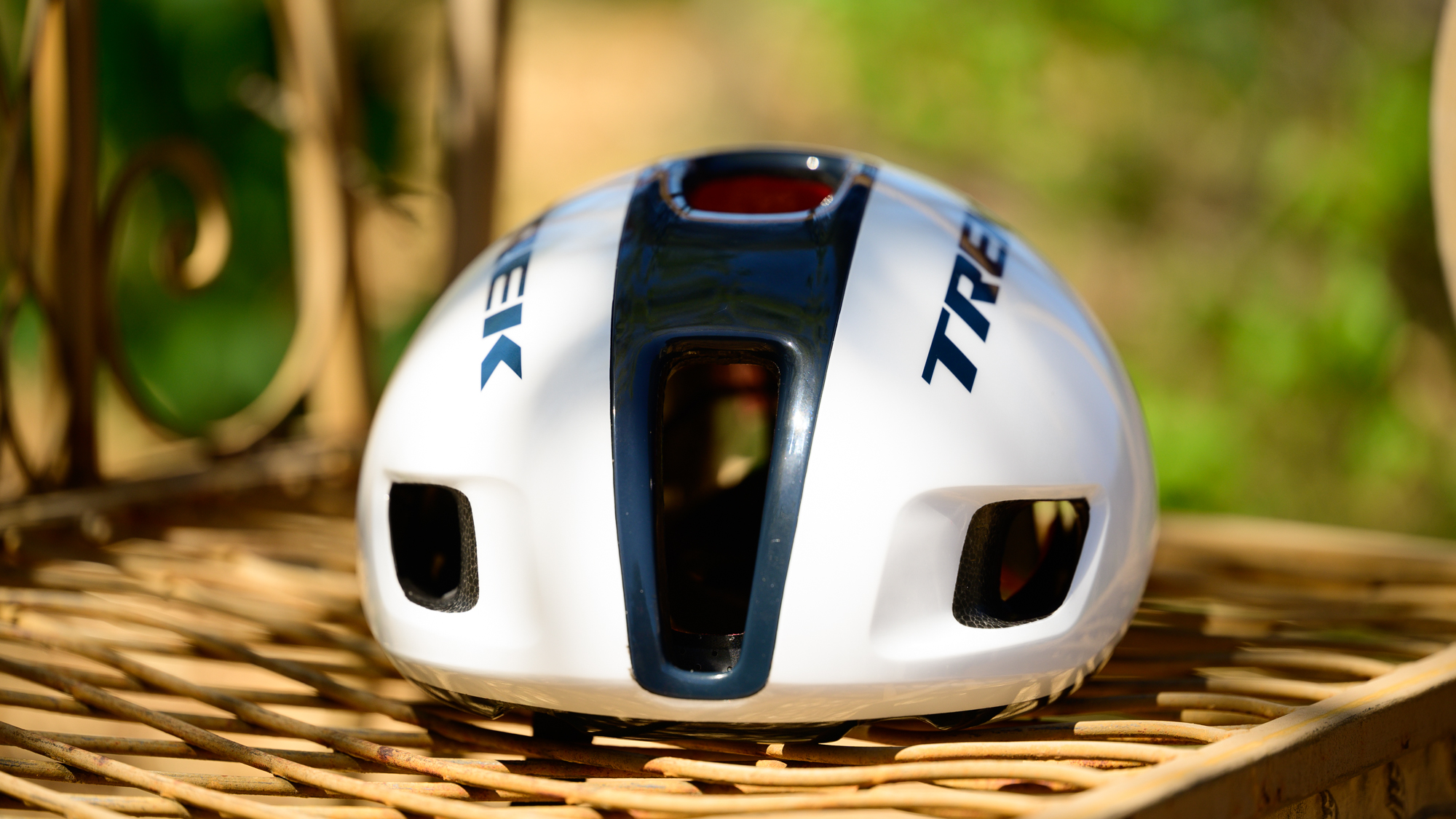
Design and aesthetics
Before we dive into the details of the design, it's worth talking about the name of the Trek Ballista MIPS. In the past, helmets from Trek carried the Bontrager name. It's a legendary name that became synonymous with Trek after a purchase in 1995. That's when Keith Bontrager sold the business he'd built in the hills of California. By that time the Bontrager name had shifted away from association with steel mountain bike frames. Instead, it meant quality components and since then, that's how Trek used the name.
All things change though and the history that was once recent and important is fading. Fewer and fewer people understand the history of Bontrager. Without that connection to the history of mountain biking, modern consumers can only see Bontrager as a name with little meaning that Trek uses to brand componentry. Trek seems to be looking to correct that disconnect going forward and so, more and more products bear the Trek brand name. The same people are designing the helmets as last year, the only difference is a new name on the latest product.
That said, there is also another big pivot implicit in the design of the Trek Ballista MIPS. There was a previous generation bearing the name Ballista MIPS but it disappeared when the Bontrager XXX hit the market. The XXX helmet didn't use MIPS, it used WaveCel and it came with a host of promises about the superiority of WaveCel technology. There was also some controversy about those claims but ultimately that helmet carried the same five-star Virginia Tech rating that the new helmet carries.
Given that the latest crop of Trek helmets no longer uses WaveCel, some will read that as a failure of the technology. I would say the real story is that MIPS has continued to advance the technology that the brand has available. Consumers found first-generation MIPS liners annoying and helmet companies looked to find different solutions. MIPS solved the problem with later generations of the product offered.
The Trek Ballista MIPS helmet uses a brand-new type of MIPS liner. The point of MIPS is to allow the helmet to rotate around your skull when it's needed. Instead of a bulky inner liner, MIPS Air takes the standard helmet padding and coats the back with an ultra-slick layer of vented plastic. Trek then takes that padding and attaches it to the helmet with rubber loops attached to velcro. The loose nature of this connection allows the padding to slide against the helmet and accomplish the exact same thing as the original MIPS liner but without the need for a liner.
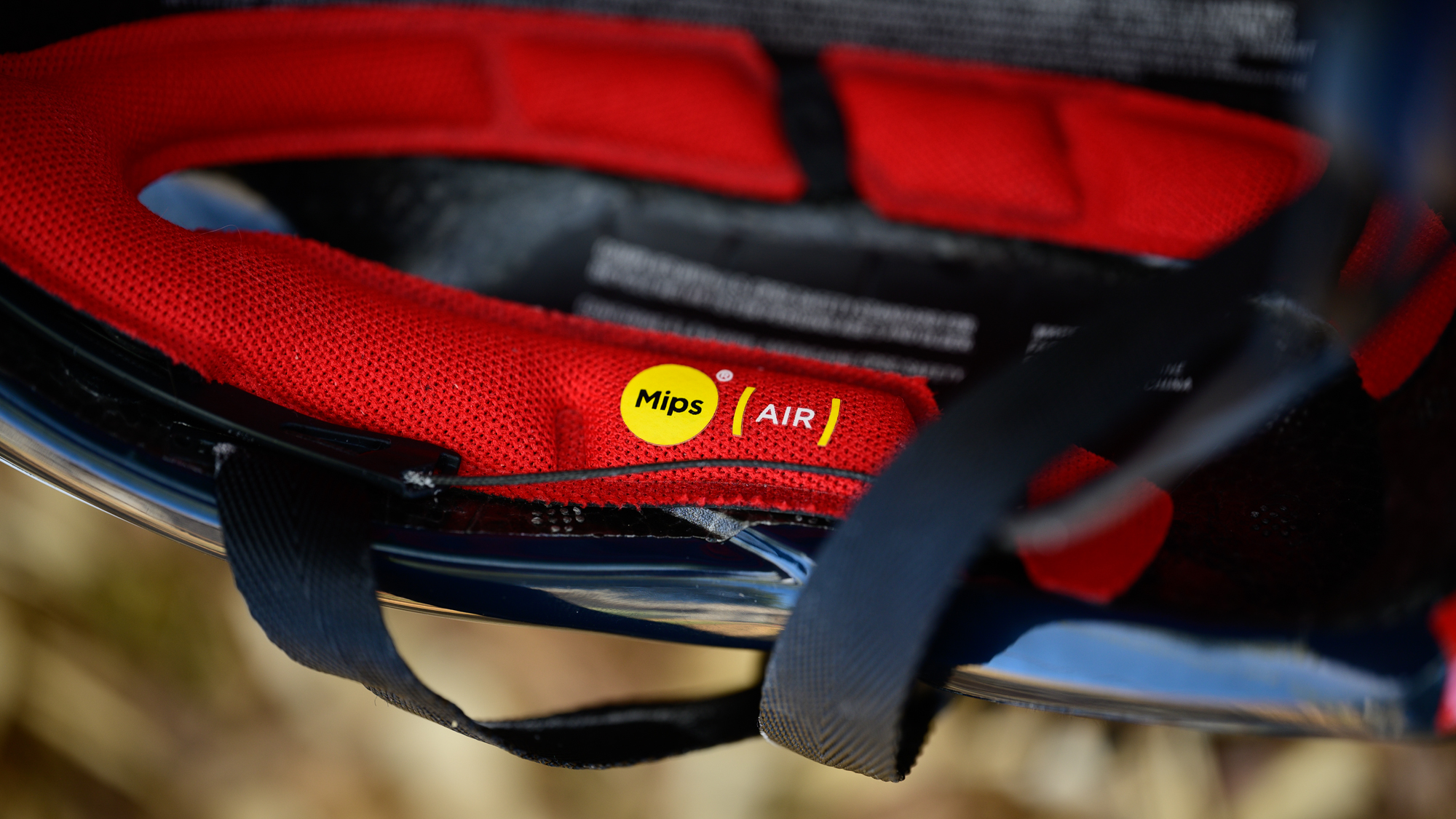
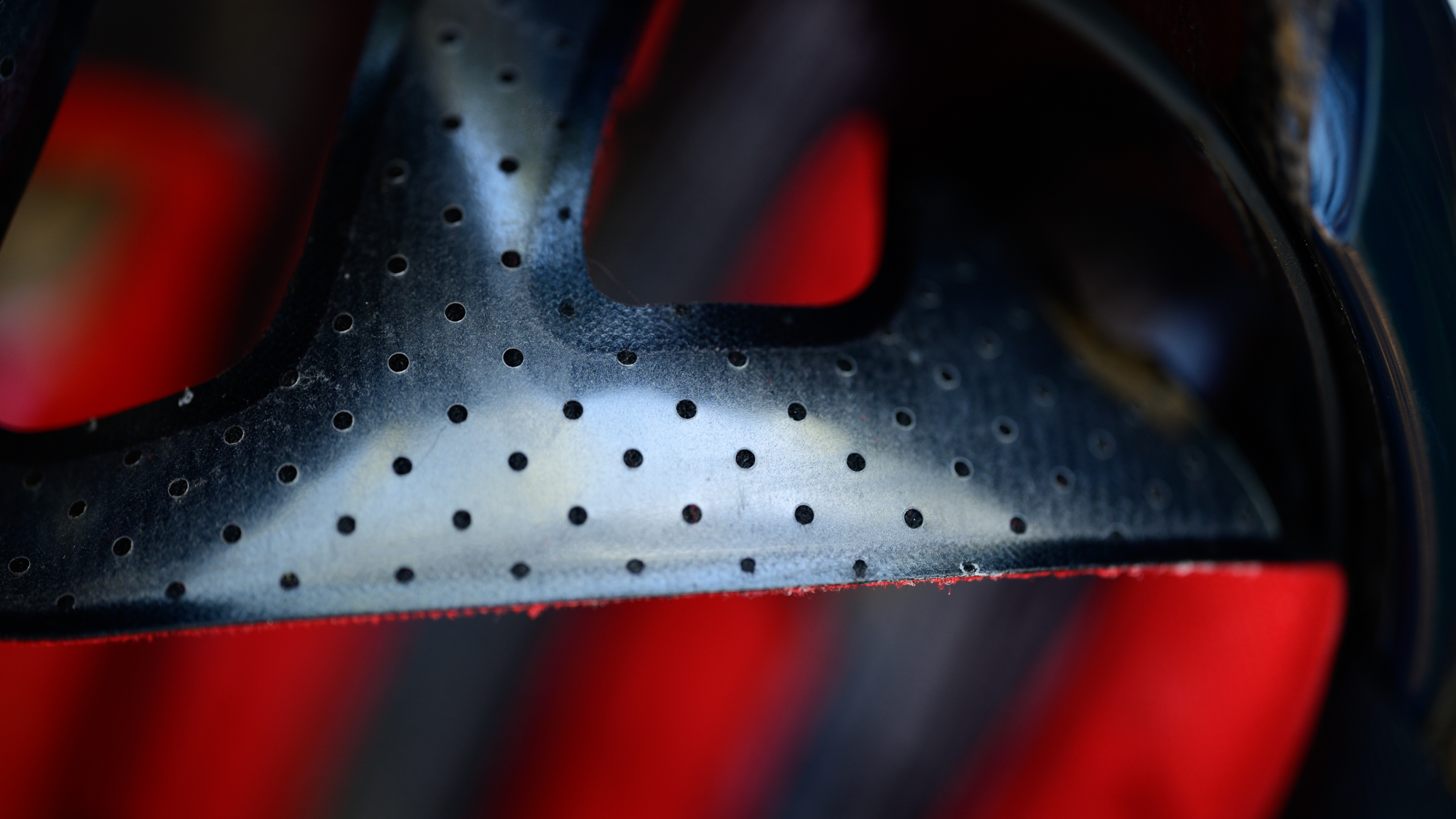
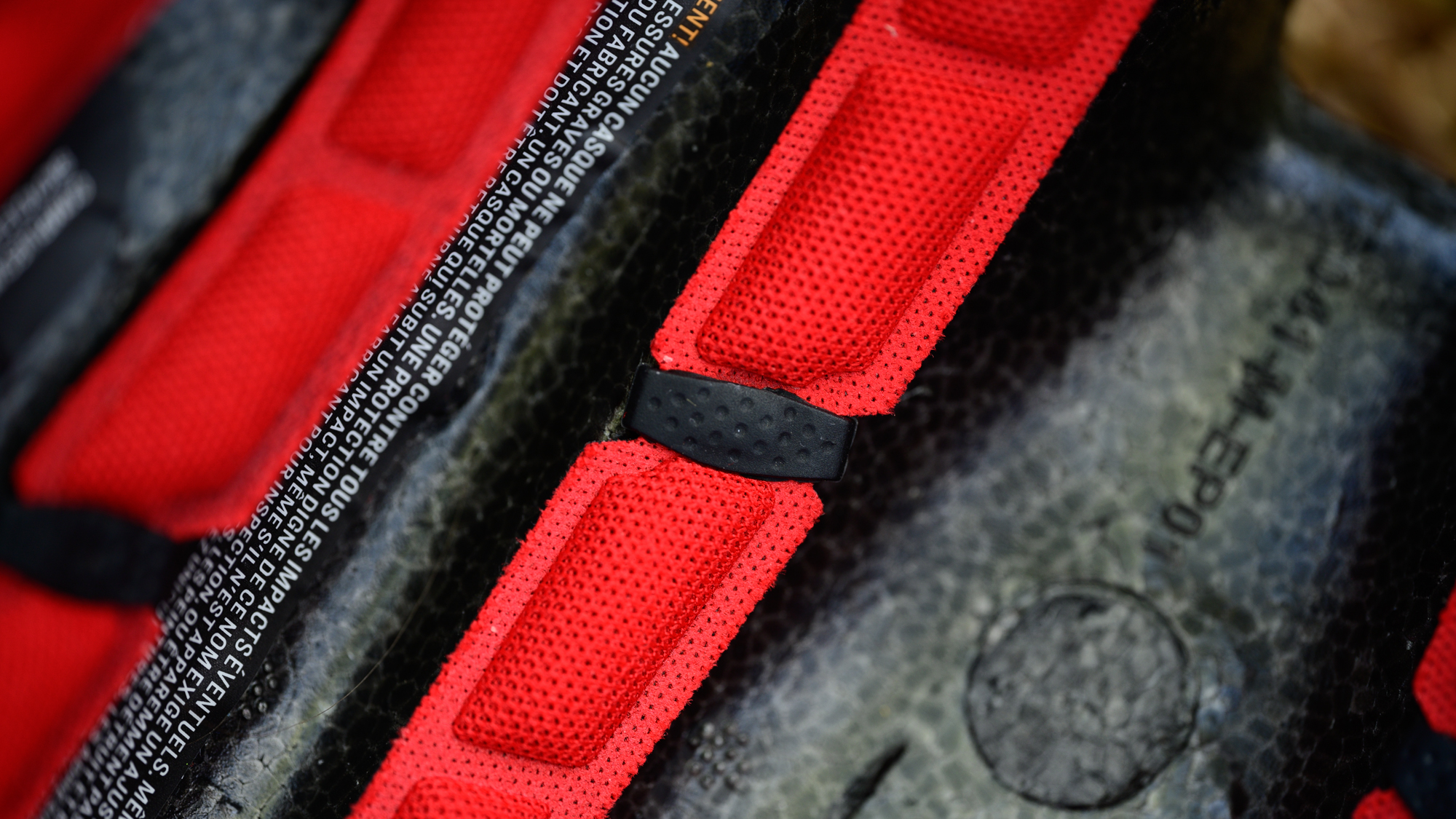
Naming and safety aside, what really makes the Trek Ballista MIPS unique is how it looks. At the front of the helmet, you will find three large vents. For those that like to store their glasses, the outer two vents add grippy rubber to help your glasses stay put. As you head back, there's another large air inlet at the top of the helmet. Those four vents are the only inlets you can see.
In and of itself, just a few big vents isn't all that unusual for an aero helmet. It's at the back where things get a bit more strange. The rear of the Ballista MIPS narrows and curves in a way that you might recognize from the long-tail TT helmets of a few years ago. It's not as long as those helmets but it is 5-6 cm longer than most standard road helmets.
What you'll find in that extra length is a series of intricately moulded exhaust vents. In fact, nearly the whole rear of the helmet is a single exhaust vent. The space breaks up into five different, downward facing, channels but the dividers are some of the narrowest pieces of foam I've ever seen on a bike helmet. The outer edge comes down behind the ears to form the outside channel but also to form a skeleton support system. It eventually makes its way to the back edge of the helmet with a series of elegant curves that look shaped by the wind tunnel. The channel dividers appear to be more focused on supporting the primary structure than creating specific air channels.
Coating the outrageous, formed in CFD (Computational Fluid Dynamics) and the wind tunnel silhouette is a choice of four colours. The wildest of those might be the colour-shifting matte purple flip that's a bit oil-slick and a bit chameleon. Or you might consider the white/nautical navy team colour option more audacious despite an objectively less eye-catching colour combo. If you really want to fly under the radar, as much as possible with this helmet, then you can also choose either matte black or gloss white.
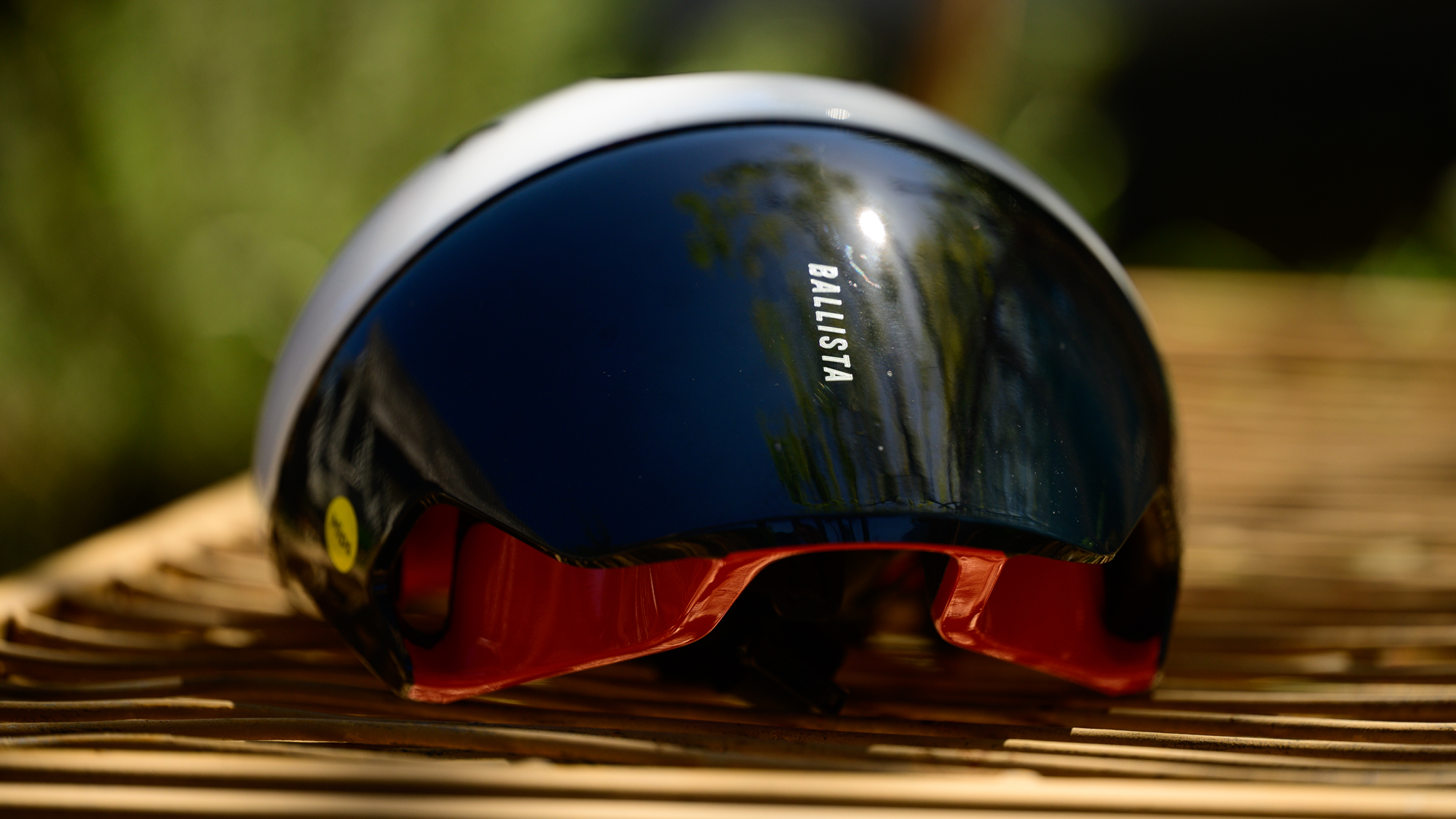

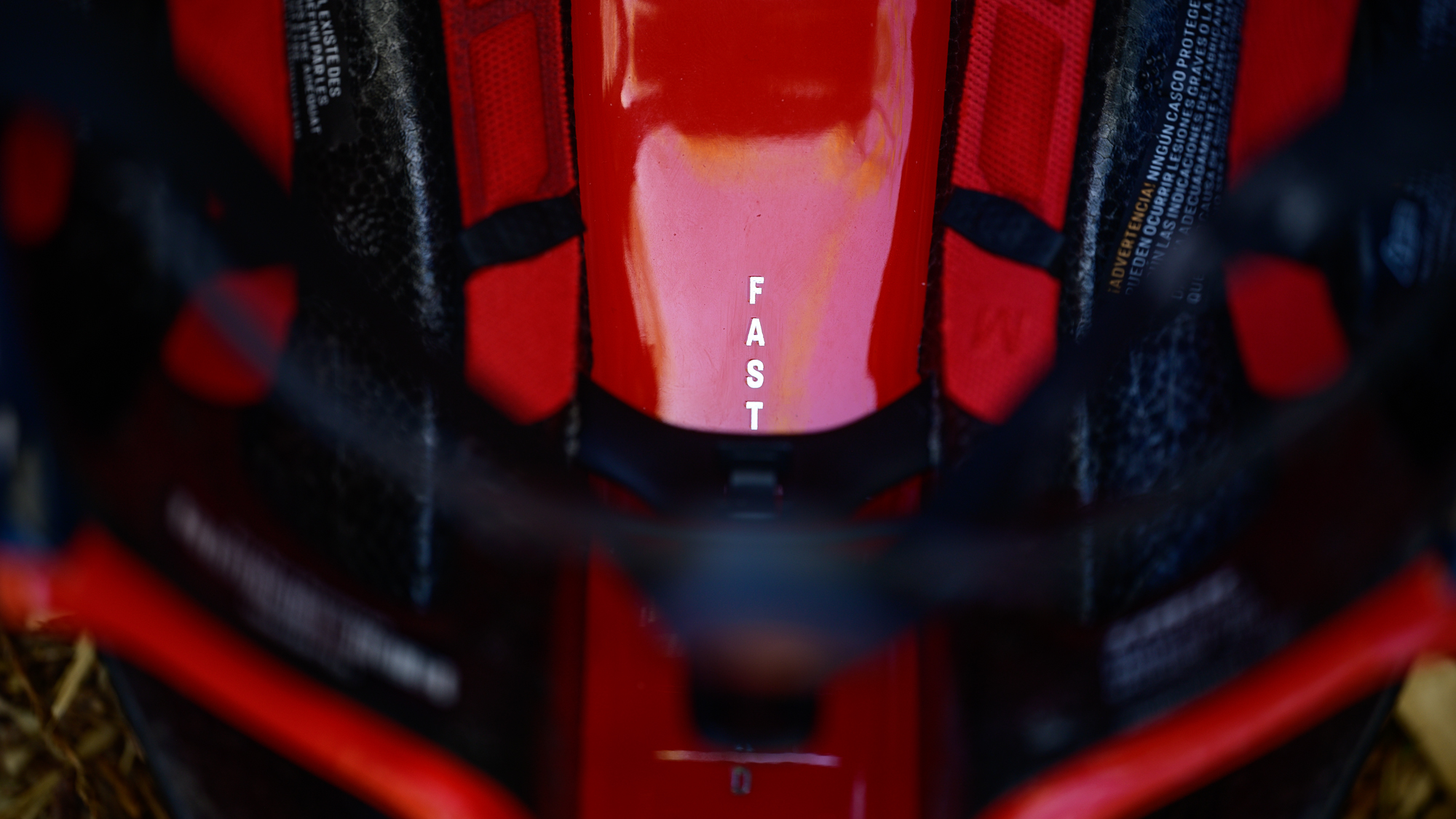
Performance
As soon as I took the Trek Ballista MIPS helmet out of the packaging, I was in love. Right away you could tell it was exceptionally light. Trek claims the helmet weighs 275 grams which puts it as a few grams heavier than the Velocis MIPS helmet released at the same time. Instead, I weighed my sample at 260 grams which matches the quoted weight of the "lighter" helmet.
Although I verified the number a few times on different scales, there's actually more to it than the number on the scale. There's a feeling of lightness that the Ballista MIPS has that is more about the way it's shaped. If you've ever held a piece of carbon fibre that seems impossibly thin and light but is simultaneously stronger than steel, that's the feeling. The rear of the Ballista uses a series of thin and narrow supports around the exhaust ports that are unusual and fascinating for a helmet. Of course, none of that is the actual experience of wearing the helmet.
When it comes to wearing the helmet, the first thing you notice is the strap system. Start at the left side and the "Y" connection is a simple buckle that opens and closes. Adjust the main buckle as far forward as you'd like then any extra material will feed back into the rest of the system.
The rear cradle uses a plastic support that sticks out from the centre of the back venting. At the top is a guide for the strap. Get the strap where you'd like it and keep chasing the excess to the other side. There's another simple buckle at the Y junction and you can feed any excess to the end of the system where it's worth cutting it off. There's a rubber wrap to help keep excess from flapping but, at least for me, there's a lot of excess.
What's great about the way the whole system works is not just that it's easy to adjust where the strap sits. The rear cradle attaches to the sides with a very thin string that winds into a rear BOA dial. It's precise to adjust as well as allowing it to fold for storage and travel. To adjust the vertical height of the rear cradle pull it free of the rear support then fold it in and push it into a different spot in the support.
Although it can be annoying to have the rear cradle come free when taking off the helmet, the system is very comfortable to wear. There's a huge space for hair and air is able to come straight through the inlets in the front and out the exhaust with nothing in the way of airflow. It's also handy if you have to travel because you can unhook the rear and get it out of the way of any potential damage.
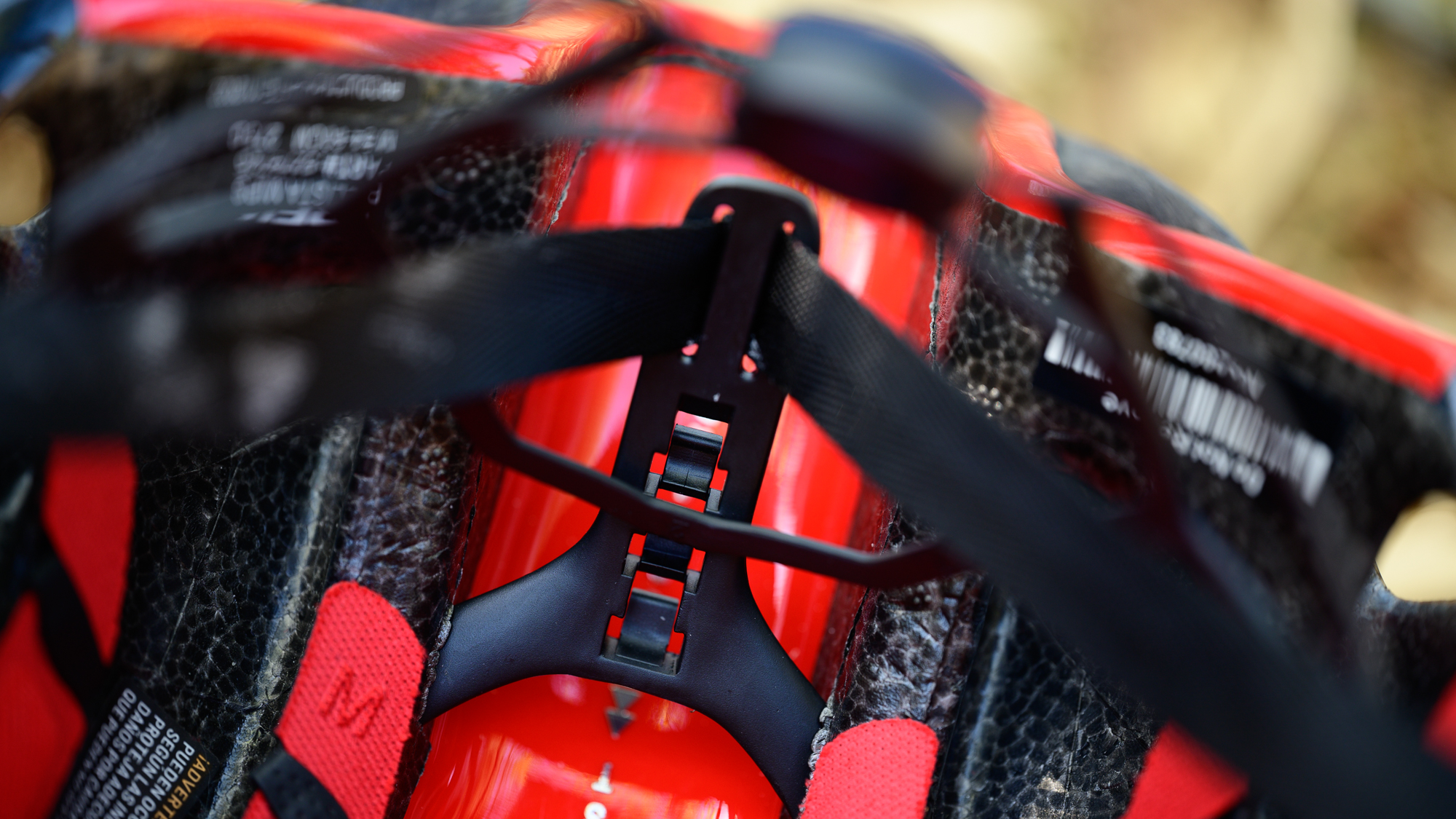

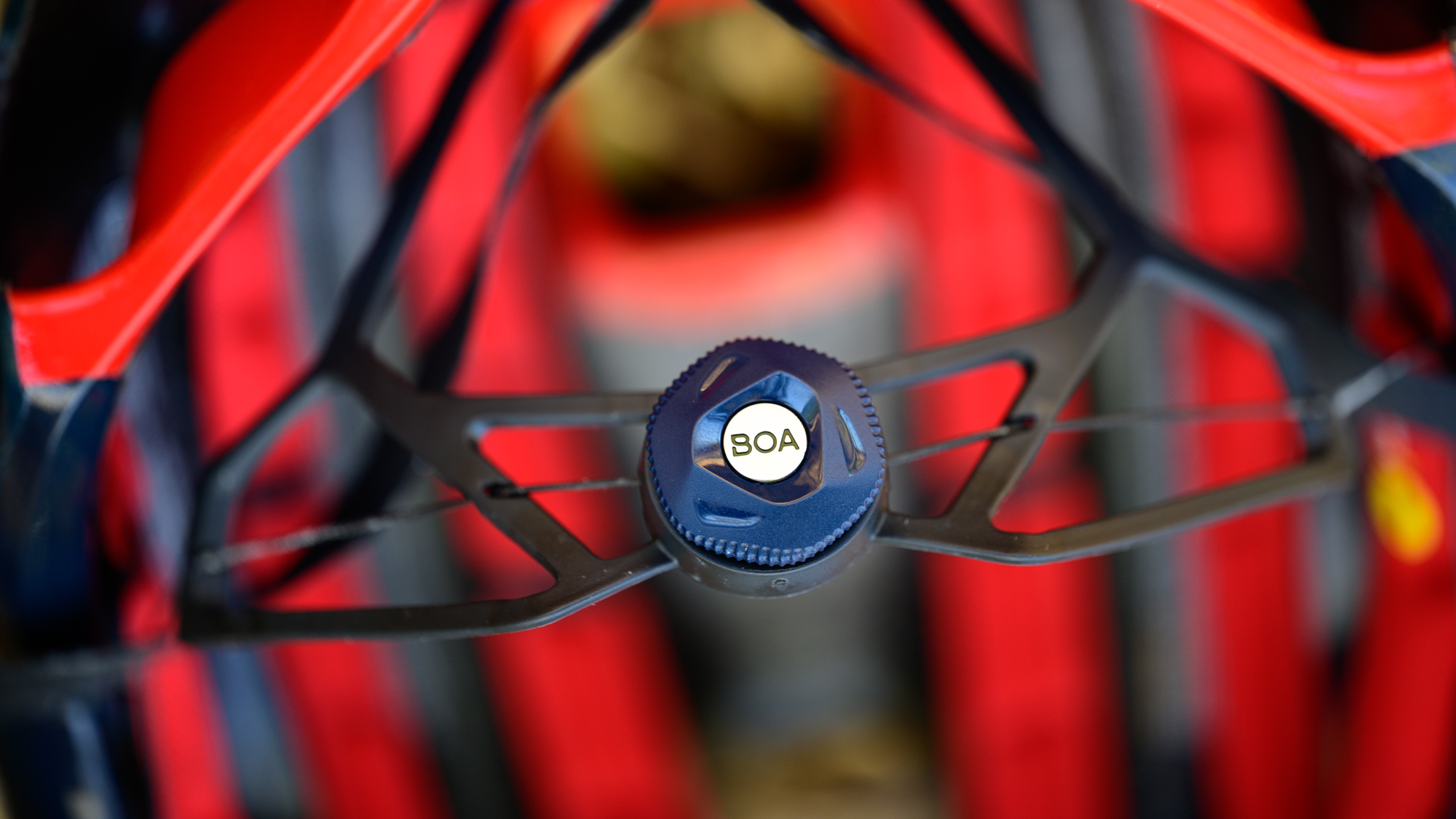
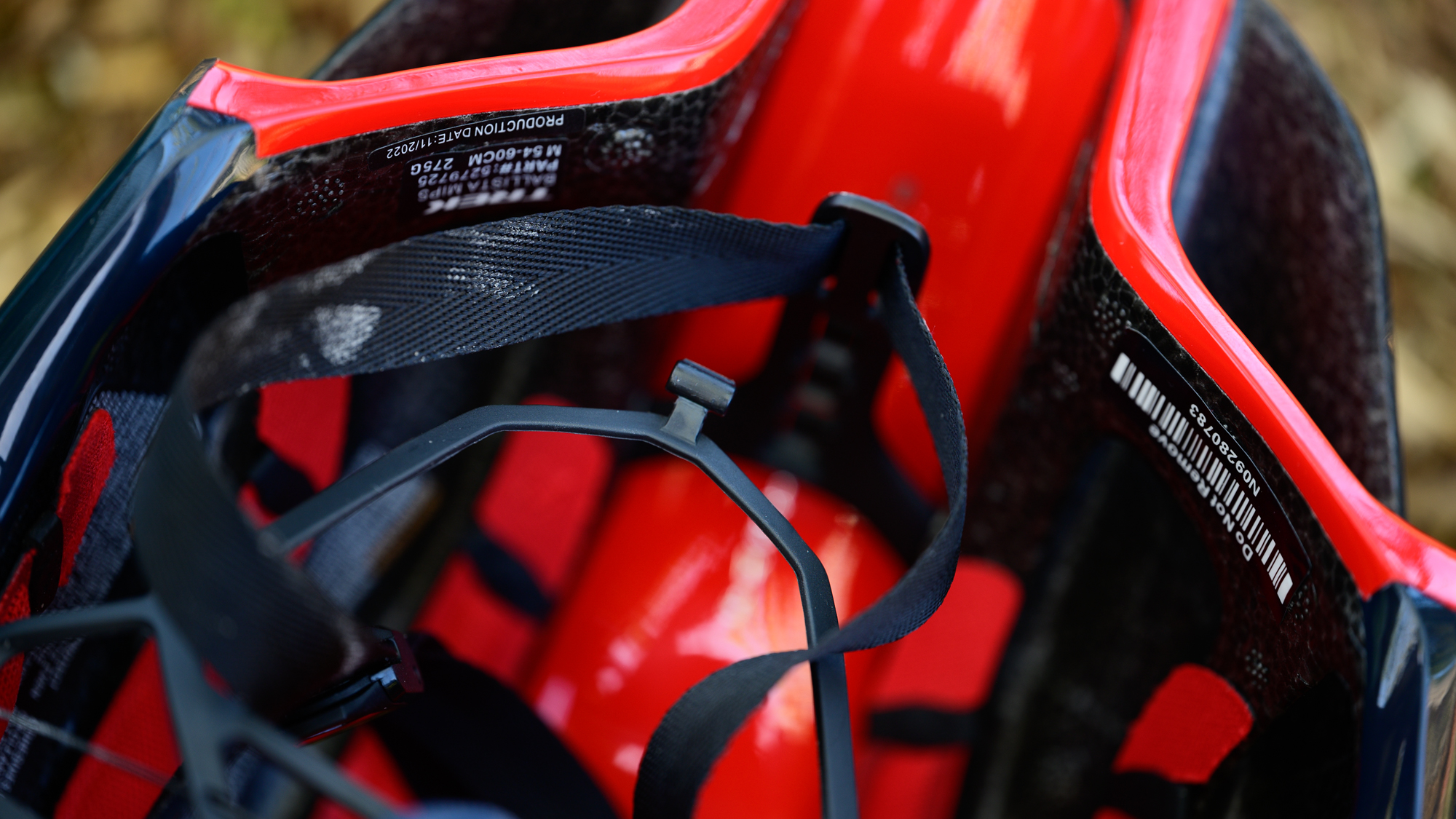
As I already said, airflow is excellent from front to back but that does depend on movement. The expected behaviour for all aero helmets is that you need to be moving to stay cool. I'm not sure I actually agree with that. When it's hot and you are climbing, it's hot regardless of open vents or not. Still, the design of the front helps this particular helmet.
At the front of Ballista MIPS there are three large channels on the inside. These channels help dry the padding on the brow where sweat collects most. I've also found that when sweat does start dripping, something about the design keeps it attached to your face. Instead of having it drip on my glasses, I find it runs behind the lenses and the padding is quick to dry during a descent. Personally, I find this behaviour preferable as I never stash my glasses.
In some ways though, all of this discussion so far misses the point. This is an aero helmet, you want to know if it's fast. Unfortunately, I can't directly answer that. The information from Trek is that the brand conducted repeated rounds of CFD modelling as well as five rounds of wind tunnel testing. The testing covered 3 different speeds and two different positions with a bike, mannequin, and helmet. The results of that testing was that the Ballista outperformed all previous Trek/Bontrager helmets as well as the unnamed, peer helmets the brand tested. The Ballista saves 10.1 watts versus the new Velocis or 5.6 watts versus the prior generation Ballista and though Trek was not specifically testing against TT helmets, the results indicated "very competitive performance."
What I can tell you from my own experience is that you can sometimes feel the long tail in the wind. If you turn your head a bit, you'll hear a definite change in pitch. In certain situations, you can also feel the push of the wind. If I keep my head centred, it doesn't seem to matter if I'm holding a good position or allowing myself to look down.

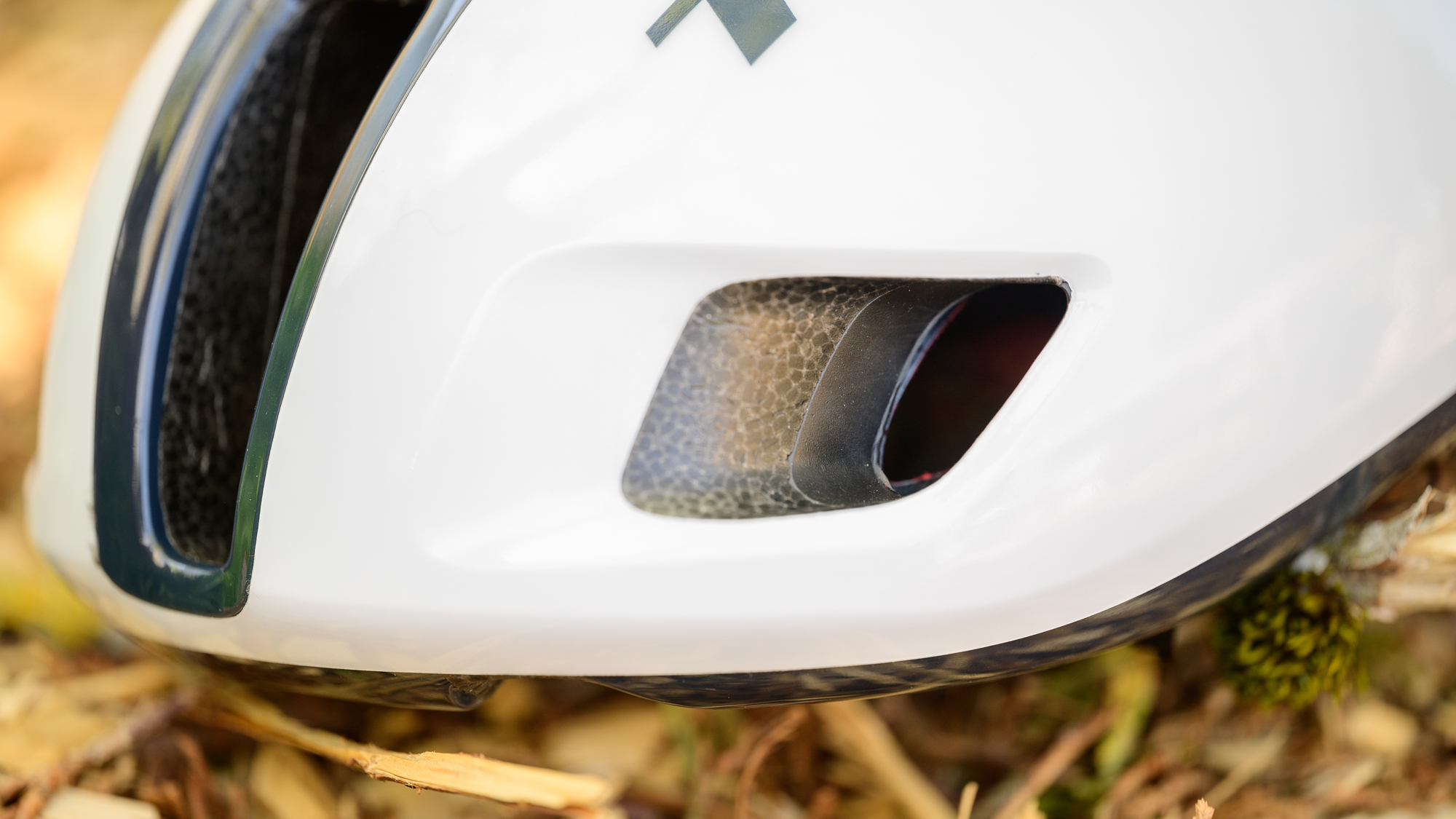
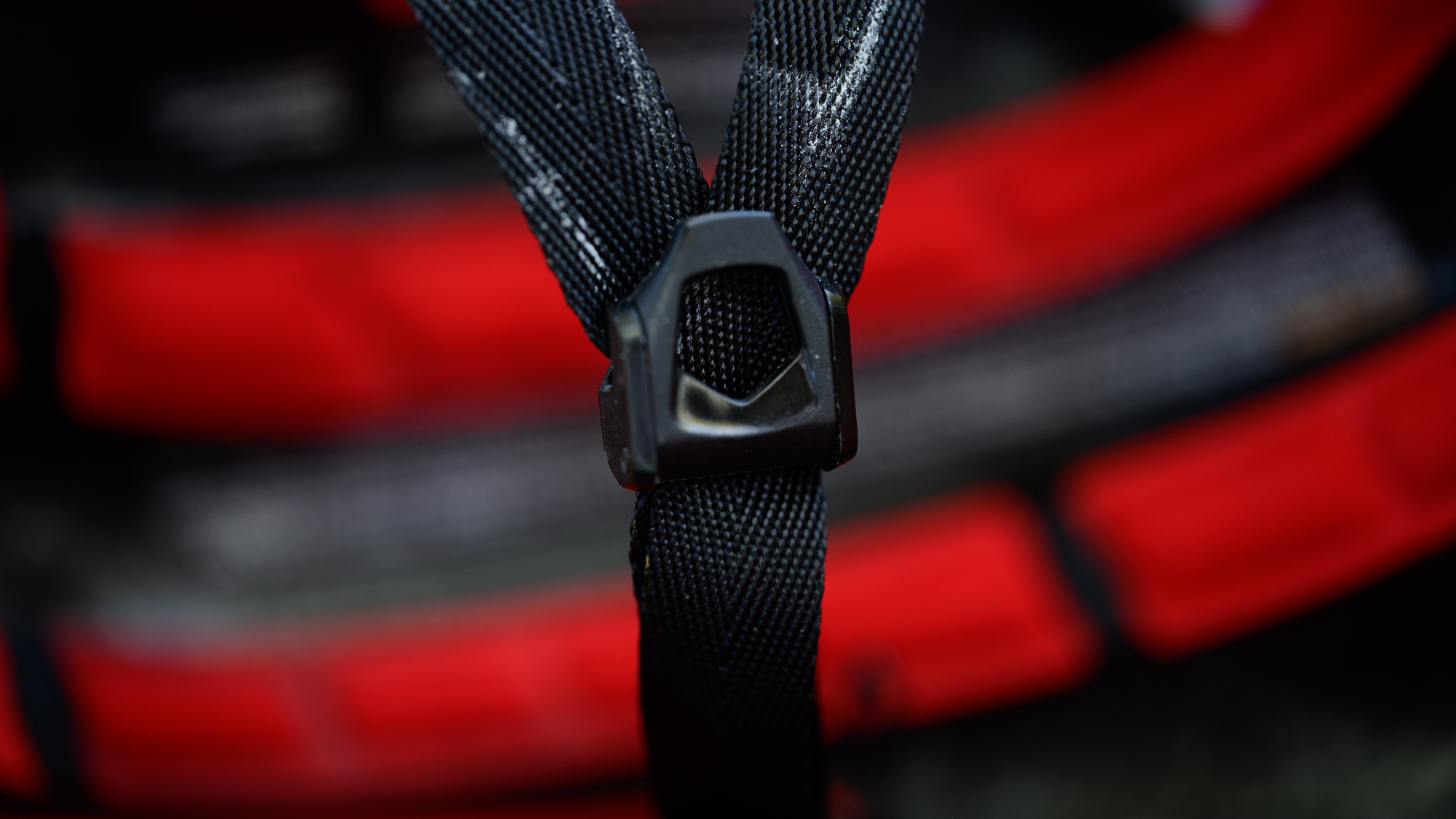
Verdict
I wish I could find some way to convert all the different numbers and charts to tell you if this is the fastest aero helmet on the market right now. I lost hours trying to do that but in the end, I just don't have enough information. It's as fast as some TT helmets so I'd say that's an indication there's a solid number of watts possible. That's not a comparison to other aero helmets though. Many of today's best aero road helmets could likely claim the same performance as TT helmets from only a few years ago. That means, as with all aero helmets you will need to decide if this is the right helmet for you based on other details.
The Trek Ballista MIPS is my current favourite helmet because I find it comfortable, light, and stylish. Style matters and while I can't prove it's fast, it certainly looks fast and I like that. Beyond that, I love how light the helmet is and I love that you can fold the rear cradle into the helmet. That detail is great not only for storage on a shelf but also when travelling. If that rear cradle stayed put a bit better, I might call this the perfect helmet.







